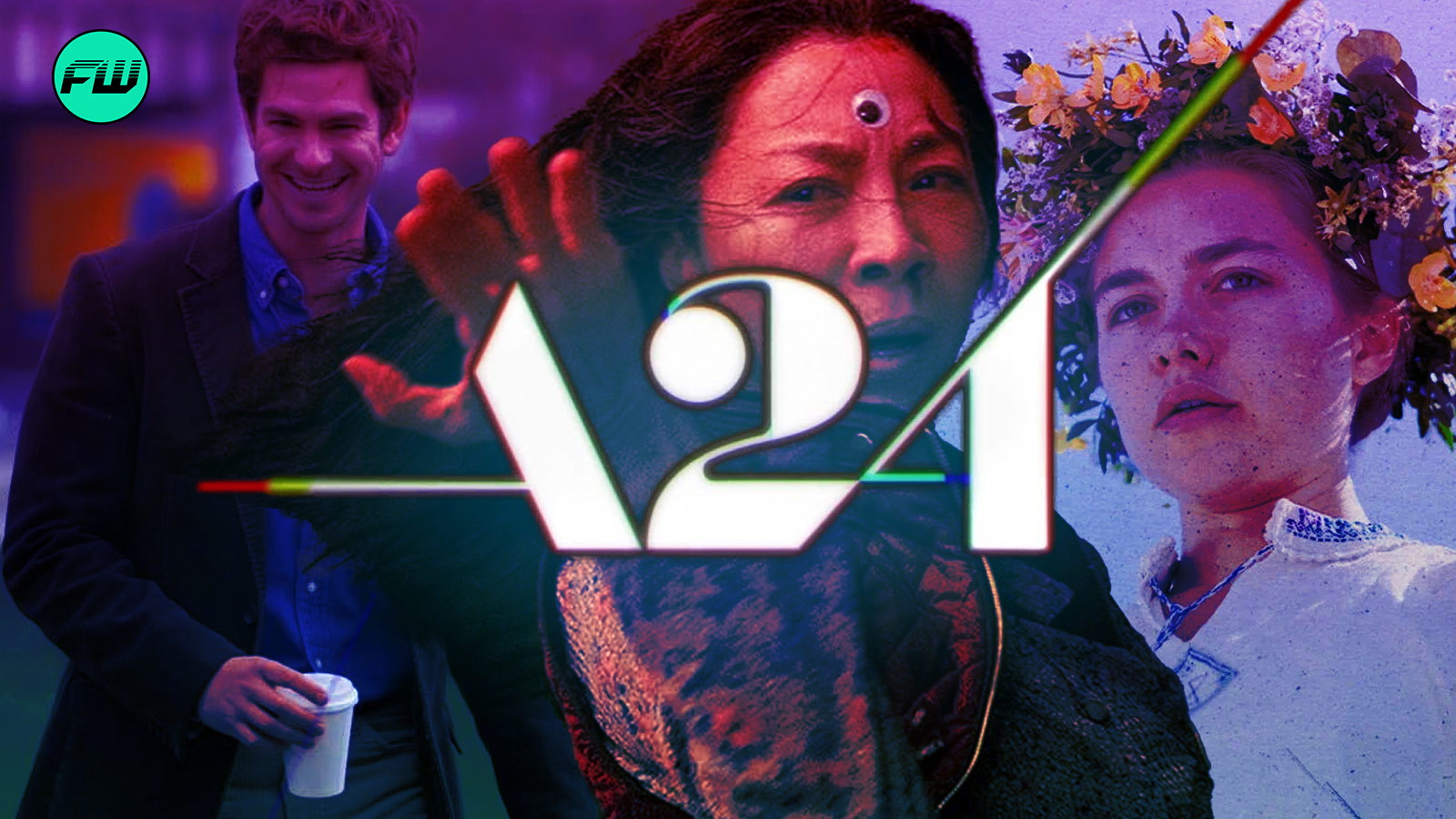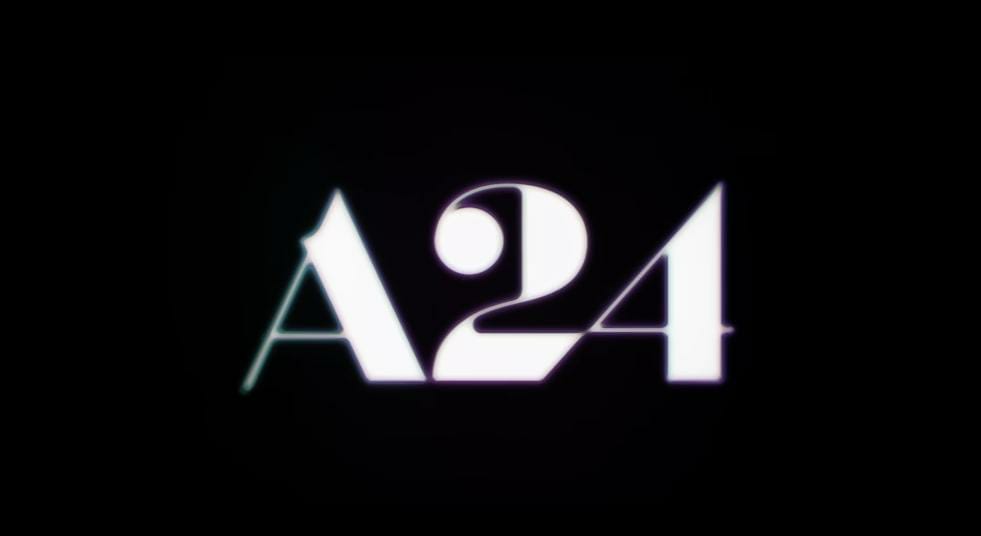
There was a time when production logos were just background noise before the real story began. But not anymore – at least not when it comes to A24. Today, seeing that minimalist black-and-white logo flash on screen is enough to make movie lovers sit up straighter and critics take note. That’s right – it’s more than just branding and has become a statement, sort of like a promise that what’s about to follow might be groundbreaking.
Now, according to a new report, directors aren’t just proud to have the A24 badge on their movies – they’re actively chasing it. So, how did A24 go from an indie underdog to the most sought-after name in movie intros? Let’s dive deeper!
How a simple A24 logo became Hollywood’s coolest stamp of approval?
In the world of independent movies, one thing has become more valuable than ever: the A24 logo. Many directors now dream of seeing that sleek black-and-white tag before the movie’s events begin. Why? Because A24 has become a symbol of credibility, creativity, and, of course, cutting-edge cinema.

From Oscar winners like Moonlight to breakout hits like Talk to Me, the studio always seems to have its finger on the pulse of what makes a story unforgettable.
So, it’s no surprise that directors are now trying to get their projects picked up just for the sake of having that iconic logo. Even with recent box office struggles like Death of a Unicorn, Opus, and Legend of Ochi, A24 hasn’t lost its shine. Multiple agents, as per The Hollywood Reporter, say that filmmakers still prefer pitching their projects to A24 first.
For them, just being associated with the brand is enough to boost their credibility. That’s not to say A24 is perfect. The studio has started shifting toward more commercial titles and IP-driven projects, which has made some fans nervous. But the brand’s identity is still strong, and it continues to attract top talent.
With upcoming projects from the Safdie brothers, Dwayne Johnson, and Timothée Chalamet, A24 proves that it still knows how to stay ahead of the curve, even if it’s changing a little along the way. So, while many studios come and go, A24’s logo keeps shining at the start of a movie.
Mubi and Neon are trying to catch up to A24

While A24 continues to rule the indie space in terms of prestige, other players are also making big moves. Two of its biggest challengers are Neon and Mubi. Both studios are earning critical love, strong box office numbers, and the loyalty of directors. But each of them has carved their own unique path.
That’s right – Neon is pushing movies that often start their journey at Cannes and end up at the Oscars.
Projects such as Parasite, Anora, and It Was Just an Accident are huge box office success stories, too. Moreover, Neon doesn’t try to copy A24; instead, it leans into its own vibe, often gambling big on edgy horror and international stories. With $200 million in fresh credit and a team that knows how to build buzz, Neon is proving it can deliver both art and audience.
Then there’s Mubi, which started as a streaming platform but has now turned into a major player in movie acquisition. Its $24 million buying of Die My Love, starring Jennifer Lawrence and Robert Pattinson, shows just how serious it is.
And with its strength in tech background, it knows how to reach online cinephiles. So, while it may not have the cultural clout of A24 yet, it’s surely catching up fast, with a global audience watching.
This post belongs to FandomWire and first appeared on FandomWire
